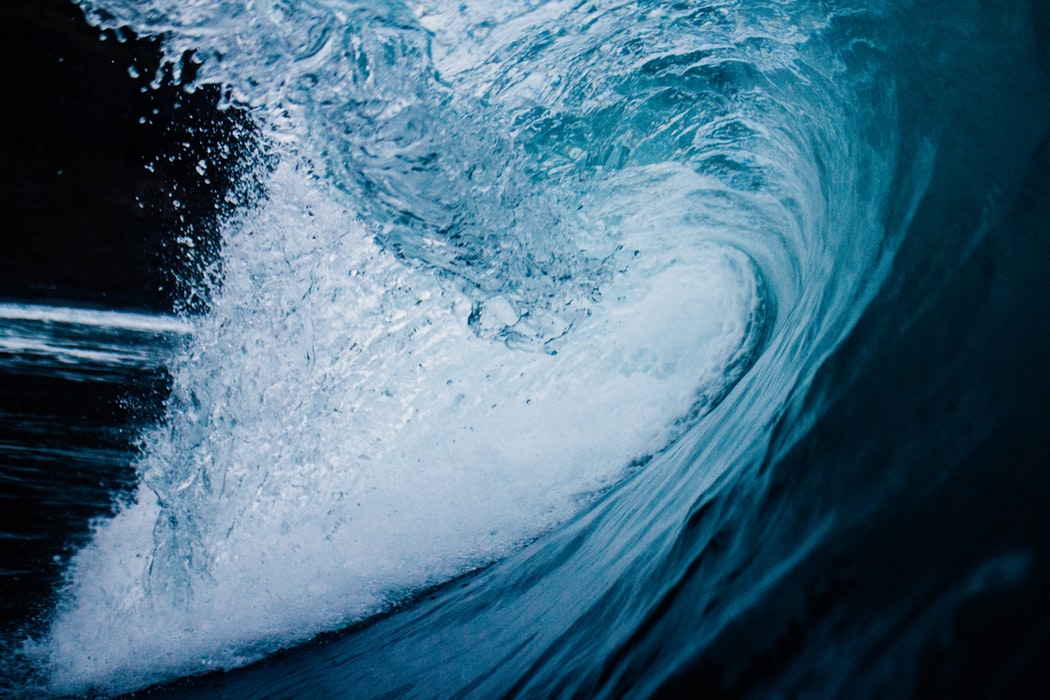
The Indo-Pacific is an idea with a crucial purpose: avoid war.
It’s a lot to ask of a geographic construct that barely existed a decade ago.
‘Indo-Pacific’ has shifted from a way to look at the map to become an arena for mounting contest—and the label for a US strategy (the ‘
free and open Indo-Pacific’).
The journey from construct to competition has been short and sharp.
‘Asia–Pacific’ was the understanding that dominated for roughly 30 years (1980 to 2010). In a swift remaking, Indo-Pacific has become the replacement vision for the US, Japan, India, Australia, the 10 ASEAN states of Southeast Asia, and major European powers.
The significant absence in that list is China.
Beijing charges that the Indo-Pacific is a device to contain and constrain China. That’s true. An equal truth, though, is that China reaps what it sows; its behaviour made pushback inevitable.
The Indo-Pacific is pushback aimed at achieving balance. The Indo-Pacific isn’t just the joining of two oceans—it’s loaded with ambition and driven by power.
The rise of China and its ambition to dominate Asia, India’s arrival as a major player, the need to stabilise a multipolar system (and avoid war), and the geoeconomics and geostrategy of the two joined oceans, webbed by the shipping lanes that are the Indo-Pacific’s veins, all crowd the new moniker.
An Australian apostle of the Indo-Pacific, Rory Medcalf, says that in the decade of its arrival and ascendancy, the idea heralded a new era of power rivalry, a world away from the optimism of globalisation:
The Indo-Pacific had become the global centre of gravity, in wealth and population, but also the heartland of military might and latent conflict. Confrontation was trumping cooperation. From the Gulf of Aden to Papua New Guinea, the board was uncomfortably set for a great game with many layers and many players.
Medcalf’s book on this great gravitational shift,
Contest for the Indo-Pacific: why China won’t map the future, is being released tomorrow. His hope is that the Indo-Pacific becomes a metaphor for collective action. If diplomacy fails, he writes, it’ll be the theatre of the first general war since 1945.
One of Medcalf’s many strengths is that he’s an intellectual who writes like a journalist; he started in hackdom, getting a Walkley commendation in 1991 for his reporting for the
Northern Star newspaper in the New South Wales town of Lismore.
From journalism, he became a diplomat (postings to New Delhi and Tokyo and truce monitor in Bougainville) and an Australian intelligence analyst, then went on to think-tank duty at the Lowy Institute. Now he’s the professor heading the National Security College at the Australian National University.
Many moons ago, introducing him as a speaker, I read out his CV and asked if he’d ever had a real job. It’s the jibe of one journalist to another, because all hacks are plagued by the question of what they’ll do when they grow up (happily, after 49 years of hackdom, I’m still to decide). In Medcalf’s case, the jest is a tribute to someone from that nebulous place where diplomats, strategists and analysts try to pin down what’s happening in the world and imagine what’ll happen next. It’s a job you hold in your head, not your hands.
Medcalf has scored a notable intellectual achievement: helping to bring into being the realm where the hard-edged realists and practical types will do duty seeking balance or fighting the battle.
The book offers an origin story for today’s Indo-Pacific, and some fine thinkers step from the pages. The first modern academic article to mention the Indo-Pacific as a geopolitical term was in 2004, by the Canadian naval scholar James Boutilier (a bon vivant who savours the joys and jousts of strategy).
In 2005, the term Indo-Pacific was used by the New Zealand strategist Peter Cozens (who also championed Kiwi wine as ‘liquid sunshine’). Catching an idea arriving with the times, a great Australian journalist in Asia, Michael Richardson (
The Age and
International Herald Tribune) wrote an
article for the Australian Journal of International Affairs in 2005 about what Australia should aim for as a founding member of the
East Asia Summit:
The economic and geopolitical landscape of Asia has changed dramatically in recent years, providing Australia with an unprecedented opportunity to become an integral and significant player in a wider Indo-Pacific region as it charts its future and seeks to manage tensions while shaping a new architecture of cooperation.
Medcalf explains why he was an early adopter: ‘The logic that Australia’s region was changing to a two-ocean system, with China turning south and west and India turning east, accorded both with the evidence and the need to define Australia’s place in the world.’
He is a thinker who has helped redefine Australia’s region and the scope of that region. The driving geostrategic purpose of the construct is the book’s subtitle, ‘why China won’t map the future’.
The China dimension of the Indo-Pacific—the rise, the pushback and the quest for balance—will be the subject of next week’s column.
 Print This Post
Print This Post